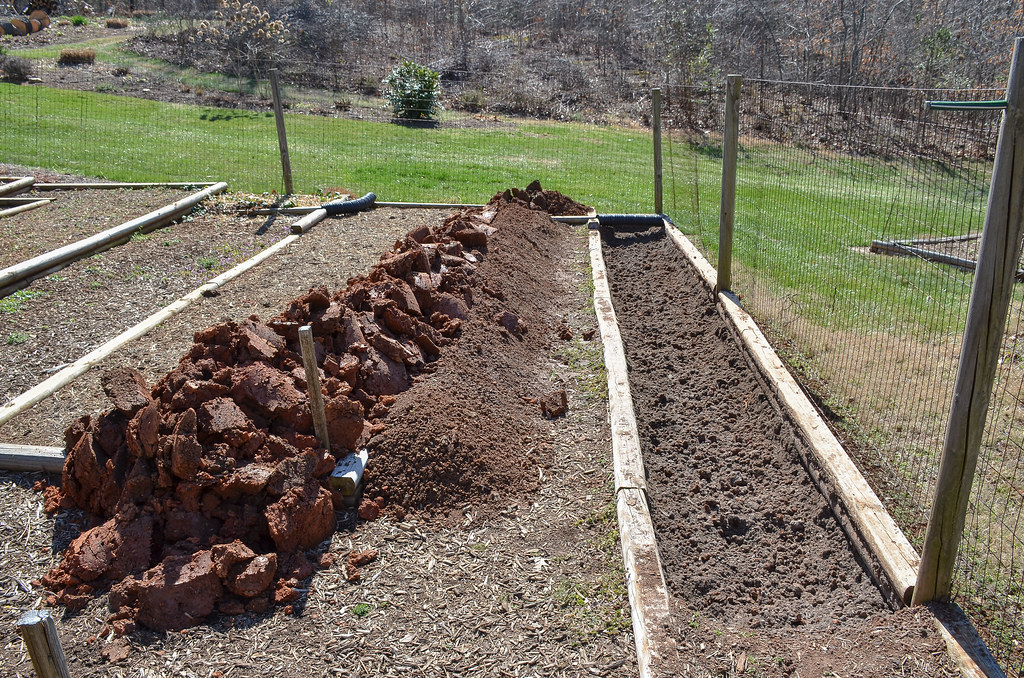Composting is an eco-friendly and cost-effective way to recycle food waste and yard debris into a nutrient-rich soil amendment. By composting at home, you can reduce the amount of waste that goes into landfills, save money on fertilizer, and improve the health of your garden. In this compost at home blog post, we’ll go over the basics of how to make compost at home, step by step.
Choose a composting method( Compost at home):
There are two main methods of composting: aerobic and anaerobic. Aerobic composting requires oxygen, which speeds up the decomposition process and produces less odor. Anaerobic composting, on the other hand, is a slower process that doesn’t require oxygen and can produce a strong smell.
For most home gardeners, aerobic composting is the best choice. There are several ways to do aerobic composting, including:
Compost bin: A compost bin is a container that holds the compost materials in one place. You can buy a compost bin from a garden center or make one yourself using wood, wire mesh, or plastic.

Also Read: Home Composter | Convert waste into Compost | Compost Guide for home
Compost tumbler: A compost tumbler is a container that can be rotated to mix the compost materials. This is a good option if you don’t have a lot of space or don’t want to do a lot of manual labor.

Pile or heap: A compost pile or heap is a simple way to compost without any equipment. You simply pile the compost materials in a corner of your yard and turn them occasionally.
Collect your compost materials

To make compost, you’ll need a mix of “brown” and “green” materials. Brown materials are high in carbon and include things like dead leaves, straw, and wood chips. Green materials are high in nitrogen and include things like food scraps, grass clippings, and garden waste.
Ideally, you’ll want a mix of about 2/3 brown materials and 1/3 green materials. If you have too many brown materials, your compost will be slow to break down. If you have too many green materials, your compost may start to smell.
Here are some examples of brown and green materials you can use:
Brown materials:
Dead leaves
Straw
Wood chips or sawdust (untreated)
Shredded paper or cardboard (no colored or glossy paper)
Green materials:
Fruit and vegetable scraps
Grass clippings
Coffee grounds and tea leaves
Garden waste (weeds, trimmings, etc.)
You can also add eggshells, crushed seashells, and bone meal to your compost to add calcium and other minerals.
Avoid adding meat, dairy, and oily foods to your compost, as these can attract pests and slow down the composting process.
Start your compost pile
Once you have your compost materials, it’s time to start your compost pile. If you’re using a compost bin or tumbler, follow the instructions that came with the container. If you’re making a pile, follow these steps:
Choose a spot in your yard that’s out of the way but easily accessible.
Lay down a layer of brown materials, about 6-8 inches deep.
Add a layer of green materials, about 3-4 inches deep.
Sprinkle some water over the pile to moisten it (but not too much).
Repeat steps 2-4 until your pile is about 3-4 feet high.
It’s important to keep your compost pile moist but not too wet. If it’s too dry, it won’t break down properly. If it’s too wet, it will start to smell.
Turn and maintain your compost pile
To speed up the composting process and ensurethat all materials are breaking down evenly, you’ll need to turn your compost pile regularly. This means using a pitchfork or shovel to move the materials from the bottom of the pile to the top. You should aim to turn your compost pile every 1-2 weeks.
As you turn your compost pile, check the moisture level. If it’s too dry, add some water. If it’s too wet, add more brown materials to absorb the excess moisture.
Over time, your compost pile will start to shrink as the materials break down. You can continue to add new materials to the top of the pile and turn it regularly.
Harvest your compost
After several months (or up to a year), your compost should be ready to use. It should be dark brown and crumbly, with a earthy smell.
To harvest your compost, stop adding new materials to the pile for a few weeks to let it finish breaking down. Then, use a pitchfork or shovel to move the compost to a new container or directly onto your garden beds.
Use your compost
Compost is a valuable soil amendment that can improve the health of your garden in many ways. It adds organic matter to the soil, improves soil structure, and provides essential nutrients for plants.
You can use your compost in several ways:
Spread it over your garden beds as a top dressing.
Mix it into the soil before planting.
Use it to make compost tea, which can be sprayed on plants as a natural fertilizer.
Final thoughts
Composting is an easy and rewarding way to recycle food waste and yard debris into a valuable soil amendment. With a little effort and patience, you can turn your kitchen scraps and yard waste into a nutrient-rich compost that will improve the health of your garden and reduce your environmental footprint. So why not give it a try and see how much your garden can benefit from your own homemade compost!
to know home composting on solar you can visit klimrus.